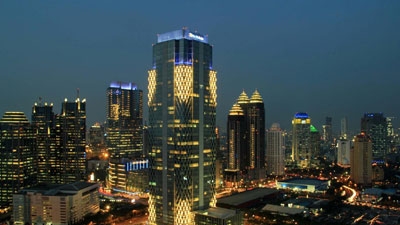Indonesia has grown to become one of the most urbanized country in the region, with 49.8 percent of its population resides in urban areas in 2010. Urbanization presents significant opportunities for Indonesia, which if managed properly can generate the productivity gain, economic opportunities and rising incomes needed to support the increasingly large proportion of Indonesia’s urban population. This study assesses the structure, performance, and constraints faced by cities and metropolitan in Indonesia, and how Indonesia can capitalize the benefits from urbanization. We find that there is an immediate need to focus urban development strategies on two main points: ensuring greater consistency between spatial planning and investment priorities between the different tiers of government (national, provincial and local); and to apply different development strategies to cities in different size categories. Given its complex geography, Indonesia also needs to significantly improve connectivity between metropolitan regions and between urban and rural areas. To link urbanization trends with Economic Transformation Master Plan (MP3EI), the focus of development planning should be on improving the efficiency of urban areas and capitalizing on the benefits from urbanization, rather than creating new growth centers and Special Economic Zones.
Highlights of the report
- Indonesia has urbanized rapidly and will continue to do so into the midterm future. Indonesia has the potential to substantially increase its economic returns from urbanization, by boosting regional economic growth and create vibrant cities and metropolitan areas.
- Larger cities in general are more economically productive and competitive than smaller cities and rural areas because of positive externalities known as agglomeration. Using the Agglomeration Index method, this study identifies 44 agglomeration areas in Indonesia. The majority of these agglomeration areas are located in Java, Bali and Sumatra, but there are only a limited numbers of agglomeration areas in other islands.
- Cities in different size categories perform differently. The study finds that medium-sized cities (those with populations in the range of 0.5 – 1 million) have performed better than cities in any other size class in terms of generating benefits from agglomeration economies
- There should be different development strategies to cities in different size categories. Infrastructure capital investment is necessary to promote growth in two megacities and medium-sized cities.. Major attention needs to be focused on the large metropolitan cities (population of 5 – 10 million) which are currently stagnating, while small cities the focus should be on the delivery of basic services.
- Inefficient land markets, limited connectivity and limited access to investment credit facilities are some constraints against the economic development of cities

